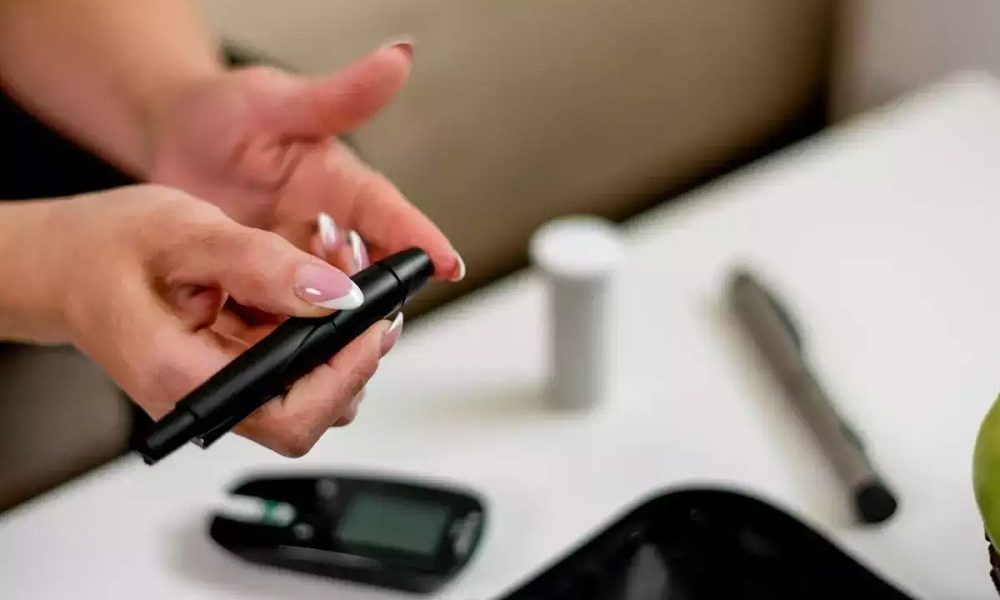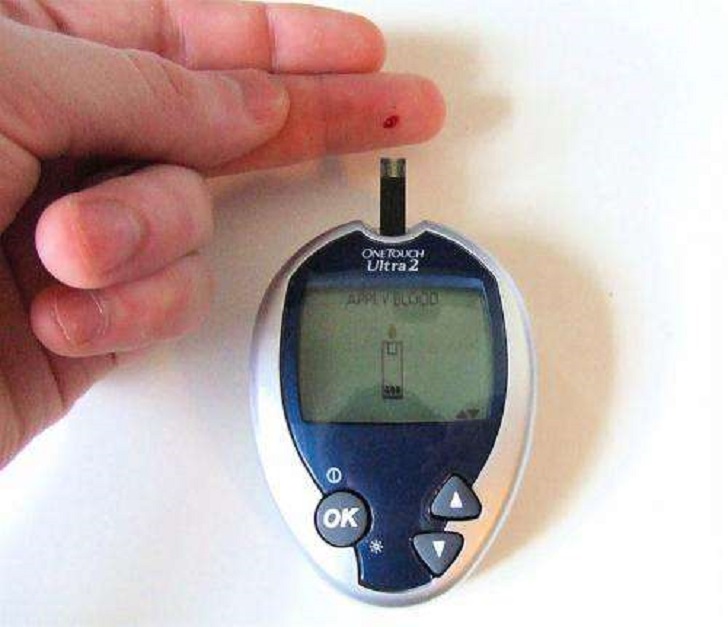
New Research Suggests 3D Printing Treats Diabetes

Over the years, medical research has produced some amazing results by utilizing a wide range of novel technologies. 3D printing is one of these technologies and is now being used in the fight against diabetes.
Although scientists are not yet capable of 3D printing the entire pancreas for transplantation, additive manufacturing is being used in some inventive ways. These include 3D printing glucose sensors for blood sugar regulation and even bionic pancreas models for drug testing and discovery.
Diabetic foot ulcer (DFU)

iStock/ AzmanJaka | New 3d technique developed by researchers to revolutionize diabetes treatment
Diabetes is a chronic disease that causes a person’s blood sugar level to become abnormally high. Patients can develop diabetic foot ulcers (DFU) as a result of this condition, with statistics showing that once identified, more than 50% are already infected, and more than 70% of cases result in lower limb amputation. Researchers have developed a scaffold bandage treatment for DFU using 3D bioprinting.
Diabetic foot ulcer (DFU) is a serious diabetes complication that affects about 25% of diabetic patients. When identified, more than half are already infected, and more than 70% of cases result in lower limb amputation.
The treatment strategy required for effective DFU healing is a complex process that necessitates the use of several combined therapeutic approaches. As a result, treating DFU imposes a significant clinical and economic burden. These treatments are frequently ineffective, resulting in lower-limb amputation.

ANI/ Getty Images | The 3D printing technique, known as bioplotting, has taken researchers one step closer to being able to help patients
A recent study demonstrates that a novel bandage therapy called scaffold is cost-effective and improves patient outcomes. The scaffolds produced by 3D bioprinting distribute antibiotics slowly over a four-week period to efficiently cure the wound. The research was reported in Drug Delivery and Translational Research journal. The study further shows results that have significant implications for patient quality of life and lower the costs and clinical burden of treating DFU. Recent research has concentrated on drug-loaded scaffolds for the treatment of DFU. The scaffold structure is a novel cell and drug delivery vehicle that improves wound healing.
The rise of 3D-printed glucose sensors
Diabetes patients are accustomed to constant finger pricking and costly glucose monitoring systems. These techniques are used to continuously monitor blood sugar levels to ensure the parameter remains within a safe range.

Health/ Economic Times | The treatment was designed by researchers from Queen’s University Belfast
As a workaround, Washington State University researchers previously used 3D printing to create wearable glucose biosensors. The devices, which can be integrated into straps and gloves, stick to a patient’s skin to monitor bodily fluids such as sweat.
The sensors were 3D printed using a technique known as direct ink writing, which enabled the team to print fine lines of functionalized inks. The researchers used a nanoscale material to create small and flexible electrodes that can detect glucose in sweat droplets.
Because of the precision of the 3D printing process, the material is printed in uniform layers, increasing the sensitivity of the sensors. Unlike a needle prick, the devices are non-invasive and have been shown to outperform traditional glucose sensors. Due to the lack of geometric limitations in 3D printing, the sensors can be custom printed on a patient-by-patient basis, catering to various needs.
More in Mind & Mental
-
`
Here’s Everything You Need to Know About Open Relationships
An open relationship is a consensual arrangement where partners agree to engage in romantic or sexual relationships with other people. Unlike...
June 6, 2024 -
`
Explore the Multifaceted Goals of Meditation
What is the goal of meditation? If you have ever found yourself asking this question, you are not alone. Meditation has...
May 31, 2024 -
`
When is National I Love You Day Celebrated? Mark Your Calendar
Life can get hectic, and sometimes amidst the daily grind, we forget to express our love and appreciation for the phenomenal...
May 23, 2024 -
`
When’s the Best Time of Day to Fish?
For any angler, a successful fishing trip hinges on several factors. But one of the most crucial elements is timing. Knowing...
May 14, 2024 -
`
What Mental Illness Does Britney Spears Have? Discovering the Answer
Britney Spears, a name that resonates with millions around the globe, goes far beyond the glitz and glamour of her stardom....
May 7, 2024 -
`
Here Are Some Easy Ways To Say No To Unrealistic Expectations In Your Relationship
If you are in a relationship, you should constantly work on improving it. Some early lovebirds fall in love too quickly...
May 3, 2024 -
`
Therapy? Medication? What Are the Treatments for PTSD
Post-Traumatic Stress Disorder (PTSD) is a common after-effect of traumatic events. It can be a debilitating condition, but the good news...
April 25, 2024 -
`
Courting vs Dating – Which Relationship Path is Right for You?
In today’s fast-paced world, the terms ‘courting’ and ‘dating’ often swirl around in conversations about relationships. While some people may use...
April 23, 2024 -
`
Essential Mexico Travel Tips for a Seamless Adventure
Mexico, a land of vibrant culture, breathtaking landscapes, and mouthwatering cuisine, beckons travelers from across the globe. But before you embark...
April 16, 2024















You must be logged in to post a comment Login